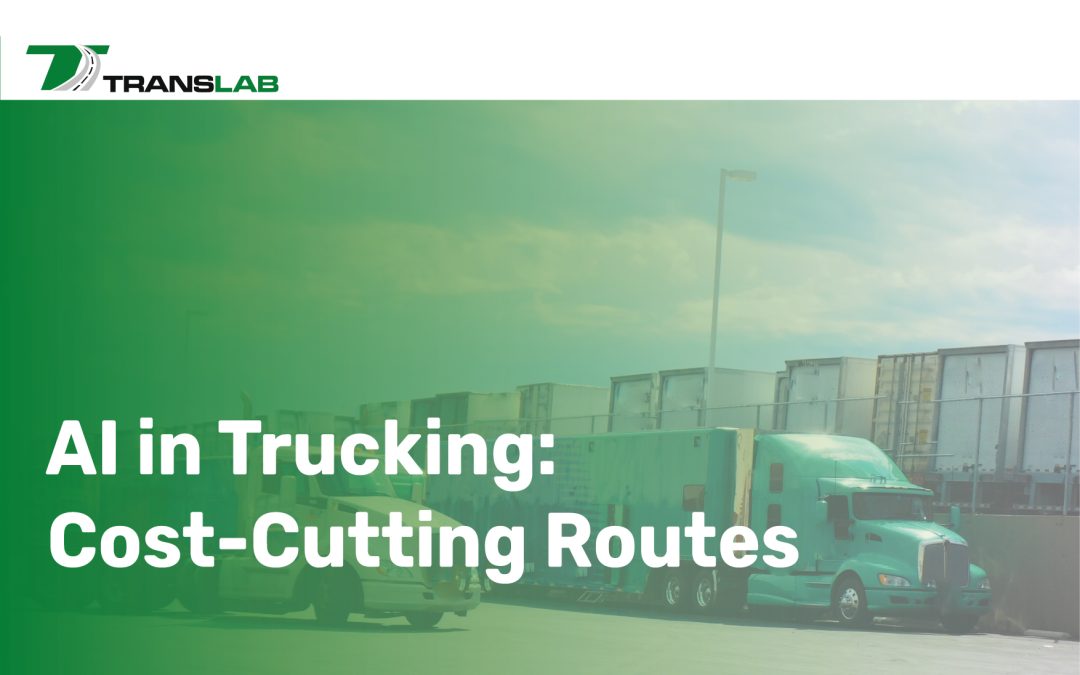With the increasing demand for timely deliveries and rising operational costs, trucking companies are turning to artificial intelligence (AI) as a solution. By implementing AI-driven technologies, these companies can enhance route optimization, leading to significant cost reductions and improved truck safety services.
The Role of AI in Route Optimization
AI offers advanced algorithms that analyze vast amounts of data in real time. This capability allows trucking companies to optimize routes by considering various factors, including traffic patterns, weather conditions, and road closures. Traditional route planning methods often rely on historical data, which may not accurately reflect current conditions. In contrast, AI algorithms can provide dynamic route adjustments based on real-time information.
For example, a trucking company using AI can adjust its delivery routes on the fly, redirecting trucks away from congested areas or hazardous conditions. This adaptability not only saves time but also reduces fuel consumption, leading to cost savings. With fuel being one of the most significant expenses for trucking companies, minimizing consumption can have a substantial impact on overall operational costs.
Cost Reduction Through Improved Efficiency
Implementing AI in route optimization directly contributes to cost reduction for trucking companies. Efficient routing means fewer miles driven, which translates to lower fuel costs. Additionally, by minimizing delays, companies can improve driver productivity and reduce overtime expenses.
AI can also predict maintenance needs by analyzing vehicle performance data. When trucks receive timely maintenance, it reduces the risk of breakdowns and costly repairs. This predictive maintenance approach allows companies to schedule servicing during off-peak hours, further minimizing disruptions and maximizing operational efficiency.
Enhancing Truck Safety Services
In addition to cost savings, AI technology enhances truck safety services. AI systems can monitor driver behavior in real time, analyzing metrics such as speed, braking patterns, and adherence to traffic rules. By identifying risky driving behaviors, companies can provide targeted training for their drivers, leading to safer driving practices.
Moreover, AI can help in collision avoidance through advanced driver assistance systems (ADAS). These systems utilize sensors and cameras to detect potential hazards on the road, alerting drivers to take necessary precautions. As a result, the implementation of AI in trucking not only boosts efficiency but also promotes a safer working environment for drivers.
Streamlined Operations with AI Integration
For trucking companies, integrating AI into their operations can streamline various processes. From dispatching to customer communication, AI-powered systems can automate routine tasks, allowing staff to focus on more critical issues. For instance, AI can facilitate real-time communication between drivers and dispatchers, providing updates on route changes or delivery schedules.
The use of AI in logistics management also enables better forecasting of demand, allowing trucking companies to allocate resources more effectively. By anticipating peak periods and adjusting capacity accordingly, companies can avoid overburdening their fleet and ensure timely deliveries.
Overcoming Implementation Challenges
While the benefits of adopting AI for route optimization and cost reduction are clear, trucking companies may face challenges during implementation. Initial costs for AI technology can be significant, and the transition from traditional systems requires training and adjustments in workflow. However, the long-term savings and improved safety can far outweigh these initial investments.
To ease the transition, companies should start small, piloting AI solutions on specific routes or segments of their operations. By gathering data and analyzing results, they can scale up successful strategies to the entire fleet.
Adopting AI for real-time route optimization presents a significant opportunity for trucking companies to reduce costs and enhance truck safety services. By leveraging AI’s ability to analyze real-time data, companies can optimize routes, minimize fuel consumption, and improve overall operational efficiency. While implementation may pose challenges, the potential benefits in cost savings and safety make AI a smart investment for the future of the trucking industry. Embracing these technological advancements can pave the way for a more efficient and safer trucking landscape.


